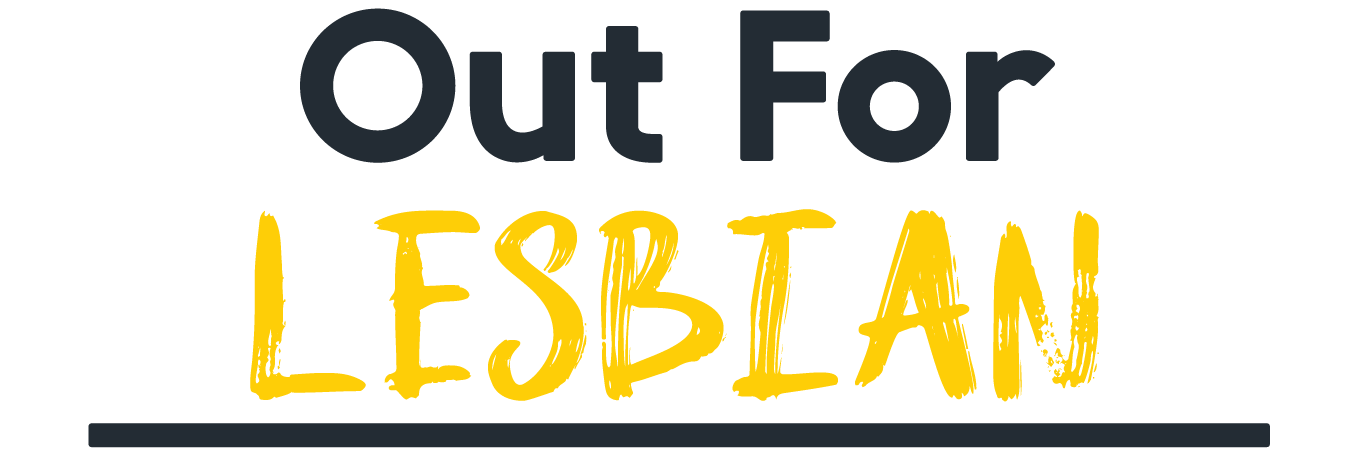A History of Pride in Australia
Even though Pride Month is a recent creation, it has a long history of countless brave LGBTQIA+ people who have paved the path to the world we have today. This month, we look back at this journey and pay our respects to all those who have come before us.
1949
The invasion of Australia brought many new laws into effect, including the anti-homosexual Buggery Act 1533 from England. This act criminalised sexual intercourse between men as well as with animals, as they were both seen in the same light. The maximum penalty of death remained in Australia, until Victoria was the last state to repeal it in 1949.
1969
The 1960s was a time of social change around the world. The infamous Stonewall Inn uprising on the 28th of June 1969 in Greenwich Village, New York displayed a sentiment that was felt across the waters: enough was enough. Through the collective bravery of a group of queer people, such as prominent activists Stormé DeLarverie, Sylvia Rivera, and Marsha P. Johnson to name a few, many were inspired to defend themselves and stand up for their rights.
1969 also saw the creation of two significant organisations within Australia. The Daughters of Bilites (later the Australasian Lesbian Movement) was created in the USA in 1955 and later moved to Australia to show their support for women and homosexuals in 1969. The Homosexual Law Reform Society was also formed in this year. While these people were not homosexual, they found the laws unjust and took action to have them changed. It was further proof that societal views were starting to change.
1970
In 1970, the Campaign Against Moral Persecution (C.A.M.P) was founded in Syndey and was the first openly-gay organisation within Australia. . Established by John Ware, Cristabell Poll, and their partners, C.A.M.P educated the general public about homosexuality and acted as a sanctuary for likeminded people. On 6 October 1971, they led the first homosexual demonstration in Australia as they showed their support for Liberal Party candidate Tom Hughes, who supported homosexual law reforms.
1972
The 1972 murder of South Australian gay academic George Duncan by police officers sparked the call for reform within his state. On 26 July 1972, Liberal party member Murray Hill introduced the bill in Legislative Council that decriminalised acts between consenting males over the age of 21. Over three years later, in 1975, South Australia became the first state to decriminalise homosexuality.
1975
1975 also saw the First National Homosexual Conference in Melbourne University, supported by the Australian Union of Students. As many as 600 self-identified Australians came together to discuss lesbian women and gay men’s oppression and possibilities of liberation.
24 June 1978
Nine years after Stonewall, a small group of LGBTQIA+ people formed the Gay Solidarity Group and created a day of events in Sydney to raise awareness and promote political activism. However, the memory of the Stonewall uprising wasn't the only reason for such passion in Australia’s LGBTQIA+ community. It was an act of protest against the visit of homophobic National Festival of Light campaigner Mary Whitehouse, and to promote the Fourth National Homosexual Conference, which was held in August in Sydney of that year.
South Australia had only decriminalised homosexuality three years ago and the Australian Capital Territory followed, decriminalising it in 1976. These were the only two states where it was legal to be homosexual. This march was an act of courage for all participants and would be the birth of the famous Sydney Gay and Lesbian Mardi Gras, which is still popular today.
At 10pm, the activists marched down Oxford Street and towards the city, but were greeted by police officers who blocked their access to Hyde Park. As the activists changed their path to Kings Cross, the police moved in. Fifty-three people were arrested. The names and occupations of the arrestees were subsequently published in the Sydney Morning Herald.
This event shook Australia, with supporters becoming more vocal. With their help, the charges were dropped, and laws concerning street marches and parades were liberalised.
1979
1979 saw greater success. Instead of a single night, the celebrations included a full-week festival, including the Gay Alternative Fair Day in Hyde Park. Over 3,000 people marched during the 10-year anniversary of the Stonewall Riots, and fortunately none were arrested.
1981
In 1981, the Pride Parade moved its date to the summertime, and nowadays is celebrated in February. However, June remains the month where we reflect on all the work that has been done to fight for our rights and our LGBTQIA+ community.
1994
Homosexuality was decriminalised across Australia with the Human Rights (Sexual Conduct Act) 1994. However, Tasmania kept its own laws until 1997. Even with this, there were significant changes that needed to be made for Australia to be a more inclusive environment.
2013
The Sex Discrimination Act 1984 was amended in 2013 to introduce new protections from discrimination, including sexual orientation, gender identity and intersex status.
2017
It took until 9 December 2017 for same-sex marriage to become legal across Australia with the introduction of the plebiscite. This led to over 6,548 same-sex marriages being registered in 2018.
It has been a long journey for LGBTQIA+ rights within Australia. While there are currently freedoms that wouldn’t have been imaginable a hundred years ago, many of us still face discrimination, uncertain about who we are and what the future holds for us. Regardless, we'll continue to work together to create a brighter future for all.
For Further Reading
Sydney Gay and Lesbian Mardi Gras 1978-2022 Timeline
Australian Government Guidelines on the Recognition of Sex and Gender
Pride Month at the National Library
The History of Pride in Australia
A Colourful and Comprehensive Timeline of Australia’s Pride Movement

